How to Clean and Maintain Your HVAC Closet
Homeowners often wonder how to maintain their HVAC system to ensure it runs smoothly and efficiently. The HVAC system is an essential component in maintaining a comfortable living space throughout the year. However, it requires regular attention and maintenance to function effectively. In this guide, we will be discussing the importance of the HVAC closet, which is often overlooked but plays a crucial role in HVAC maintenance.
Think of your HVAC closet as the heart of your home’s climate control system. Just like you need to take care of your heart to stay healthy, your HVAC closet deserves some TLC to ensure it functions optimally. Over the post, we’ll dive deep into how to clean and maintain your HVAC closet. We’ll cover everything from why it’s important to what you need to do to keep it in tip-top shape. So, let’s roll up our sleeves and get started!
Understanding the Importance of an HVAC Closet
Before we jump into the nitty-gritty of cleaning and maintaining your HVAC closet, it’s essential to understand why it’s so important. Imagine your HVAC system as a finely tuned instrument, with each component playing a specific role. The HVAC closet is where many of these vital components reside, and if it’s neglected, it can lead to a symphony of problems in your home’s climate control. Here are some reasons why your HVAC closet matters:
Keeps Your System Efficient
An HVAC system that operates at peak efficiency not only keeps your home comfortable but also saves you money on energy bills. When your HVAC closet is clean and well-maintained, the system doesn’t have to work as hard to heat or cool your home. This translates to lower energy consumption and reduced utility costs.
Prevents Costly Repairs
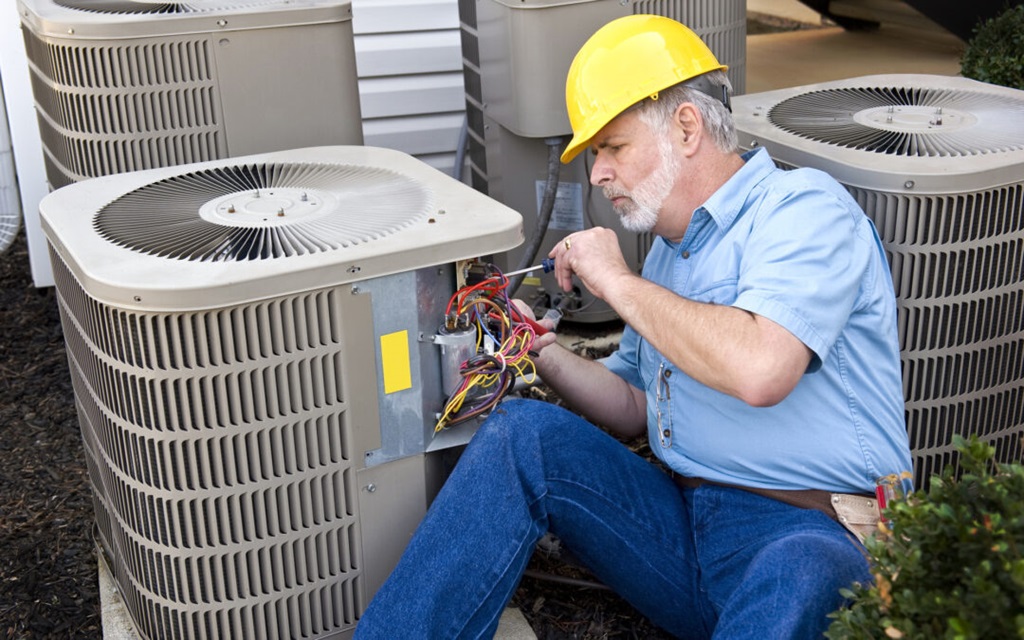
Neglecting your HVAC closet can lead to wear and tear on the system’s components. When these parts break down, you could be facing costly repairs or even a complete system replacement. Regular maintenance can help identify and address issues before they become major problems, saving you a bundle in the long run.
Ensures Clean Indoor Air
Your HVAC system plays a crucial role in maintaining the quality of the air you breathe inside your home. A dirty or neglected HVAC closet can harbor dust, mold, and other contaminants, which can be circulated throughout your home. Keeping the closet clean helps ensure the air you and your family breathe is healthy and clean.
Extends the System’s Lifespan
HVAC systems are a significant investment, and you want them to last as long as possible. Regular maintenance of your HVAC closet can extend the lifespan of your system, saving you from the hassle and expense of premature replacement.
Enhances Comfort
Ultimately, a well-maintained HVAC closet leads to better comfort in your home. You won’t have to deal with temperature fluctuations, strange noises, or unexpected breakdowns. Instead, you can enjoy consistent and reliable heating and cooling.
What’s Inside Your HVAC Closet
Now that you understand the importance of your HVAC closet let’s take a closer look at what’s inside. Your HVAC closet houses various components that work together to regulate temperature and air quality in your home. Knowing these components will help you understand why regular cleaning and maintenance are necessary.
Furnace
The furnace is the heart of your heating system. It burns fuel (usually natural gas or oil) to produce heat, which is then distributed throughout your home. A clean and well-maintained furnace operates efficiently, ensuring your home stays warm in the winter.
Air Conditioner or Heat Pump
If you have central air conditioning, your HVAC closet may contain an air conditioner or heat pump. These systems use refrigerant to cool your home during hot weather. A well-maintained unit will keep your home comfortably cool and humidity levels in check.
Air Handler
The air handler is responsible for circulating conditioned air throughout your home. It contains the blower motor, fan, and evaporator coil. Regular cleaning of the air handler ensures that the air circulated is clean and free from dust and allergens.
Ductwork
The ductwork in your HVAC closet serves as the pathway for conditioned air to reach different parts of your home. Clean and well-insulated ducts help maintain even temperatures throughout your house while minimizing energy loss.
Filter
The filter in your HVAC system traps dust, pollen, and other particles to prevent them from circulating in your home. Regular filter changes are a simple but critical aspect of HVAC closet maintenance.
Thermostat
While not physically inside the closet, the thermostat is the control center for your HVAC system. It’s essential to ensure it’s working correctly and accurately to maintain temperature settings and energy efficiency.
Tools and Materials You’ll Need
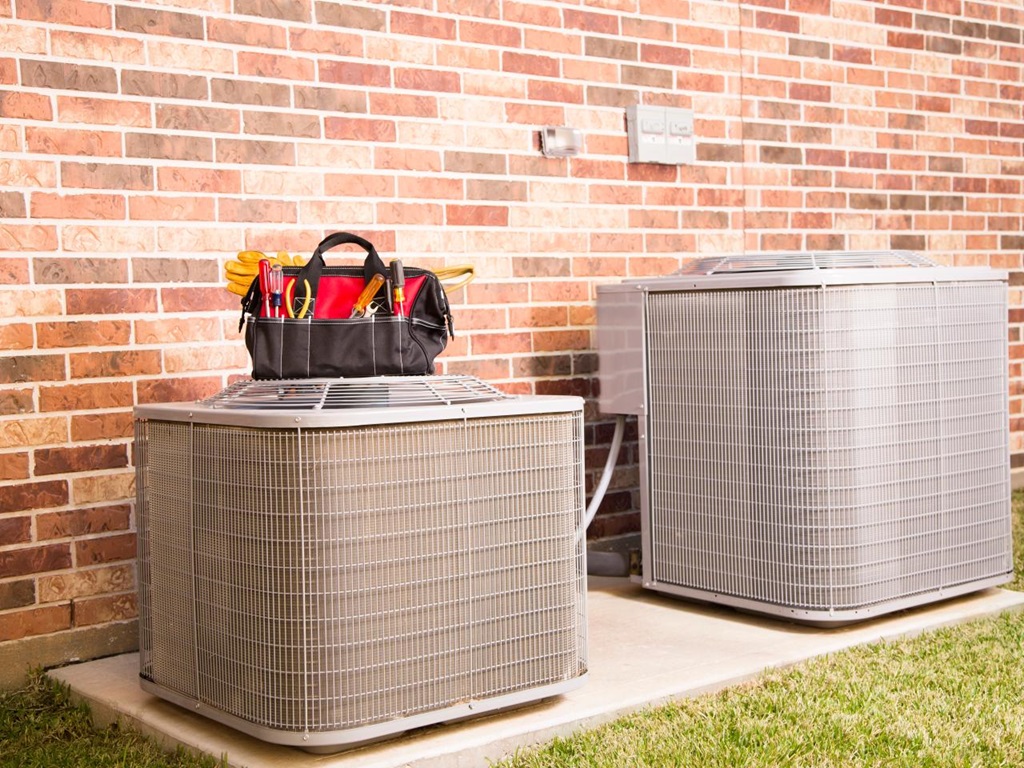
Before we dive into the step-by-step process of cleaning and maintaining your HVAC closet, let’s gather the tools and materials you’ll need. Having everything ready beforehand will make the job smoother and more efficient. Here’s a list of what you’ll need:
Safety Gear
Safety first! Always wear safety gear, including gloves and safety glasses, when working on your HVAC system. This will protect you from dust, debris, and potential hazards.
Screwdrivers
You may need screwdrivers of various sizes to remove access panels and covers on your HVAC components.
Vacuum Cleaner
A vacuum cleaner with a hose attachment is handy for removing dust and debris from your HVAC closet and components.
Soft Brush
A soft brush, like a paintbrush or a specially designed HVAC cleaning brush, is excellent for gently dusting and cleaning sensitive components.
Rags or Microfiber Cloths
Use these to wipe down surfaces, clean components, and absorb any spills or moisture.
Replacement Filters
Have replacement filters on hand to swap out old and dirty filters during maintenance.
Lubricant
For components that require lubrication, like the blower motor, have the appropriate lubricant ready.
Compressed Air
Compressed air in a can or a compressor can help blow away dust and debris from hard-to-reach areas.
Maintenance Checklist
Create a checklist to keep track of what needs to be done during maintenance. This will ensure you don’t overlook any crucial steps.
Cleaning and Maintaining Your HVAC Closet – Step by Step
Now that you have your tools and materials ready, let’s get down to business. Follow these step-by-step instructions to clean and maintain your HVAC closet effectively. This process should ideally be done at least once a year, but more frequent checks are always beneficial.
Turn Off the Power
Safety is paramount. Before you begin, turn off the power to your HVAC system. You can usually do this by switching off the circuit breaker or using the power switch on the HVAC unit.
Remove Access Panels
Many HVAC components have access panels or covers that need to be removed for cleaning and maintenance. Use your screwdriver to carefully remove these panels. Make sure to keep track of any screws you remove, so you can put them back in the right place later.
Inspect for Damage
While the panels are off, take a moment to inspect the interior of your HVAC closet for any signs of damage or wear and tear. Look for loose wires, corrosion, or anything that seems out of place. If you spot anything unusual, it may be a good idea to call a professional technician for further assessment.
Clean the Furnace
Start with the furnace, as it’s usually the largest and most critical component. Use your vacuum cleaner to remove dust and debris from the exterior and interior of the furnace. Pay special attention to the burner area, blower motor, and the heat exchanger.
Inspect the Heat Exchanger
The heat exchanger is a crucial component that separates the combustion process from the air circulating in your home. Check it for any cracks or signs of damage. A damaged heat exchanger can be dangerous, as it can release carbon monoxide into your home. If you find any issues, call a professional technician immediately.
Lubricate Moving Parts
If your furnace has any moving parts that require lubrication, such as the blower motor, follow the manufacturer’s instructions to apply the appropriate lubricant. Proper lubrication ensures smooth operation and reduces wear and tear.
Clean the Air Handler
Next, move on to the air handler. Use your vacuum cleaner and soft brush to remove dust and debris from the blower motor, fan blades, and evaporator coil. These components are responsible for circulating conditioned air, so keeping them clean is crucial for efficiency.
Check the Condensate Drain
If your HVAC system has a condensate drain, make sure it’s clear of obstructions. A clogged drain can lead to water damage and mold growth. If you find a blockage, carefully clear it using a flexible brush or a mixture of water and vinegar.
Clean or Replace Filters
Filters play a vital role in maintaining indoor air quality. Depending on the type of filter you have, either clean it (if it’s reusable) or replace it with a new one. Filters should typically be checked and cleaned or replaced every one to three months, depending on usage and the filter type.
Inspect Ductwork
Inspect the ductwork in your HVAC closet for any signs of damage, such as leaks or loose connections. Use duct tape or mastic sealant to repair small leaks, and consider calling a professional if you find significant issues.
Wipe Down Surfaces
With all the components cleaned and inspected, use your rags or microfiber cloths to wipe down the interior surfaces of the HVAC closet. This includes walls, floors, and any exposed ductwork.
Reassemble and Power Up
Carefully reassemble the access panels and covers you removed earlier. Make sure everything is securely in place. Once everything is back together, turn the power back on to your HVAC system.
Test Your System
After the maintenance is complete, run your HVAC system to ensure it’s working correctly. Check for any unusual noises, odors, or performance issues. If you notice anything out of the ordinary, it’s best to address it promptly.
Additional Tips for HVAC Closet Maintenance
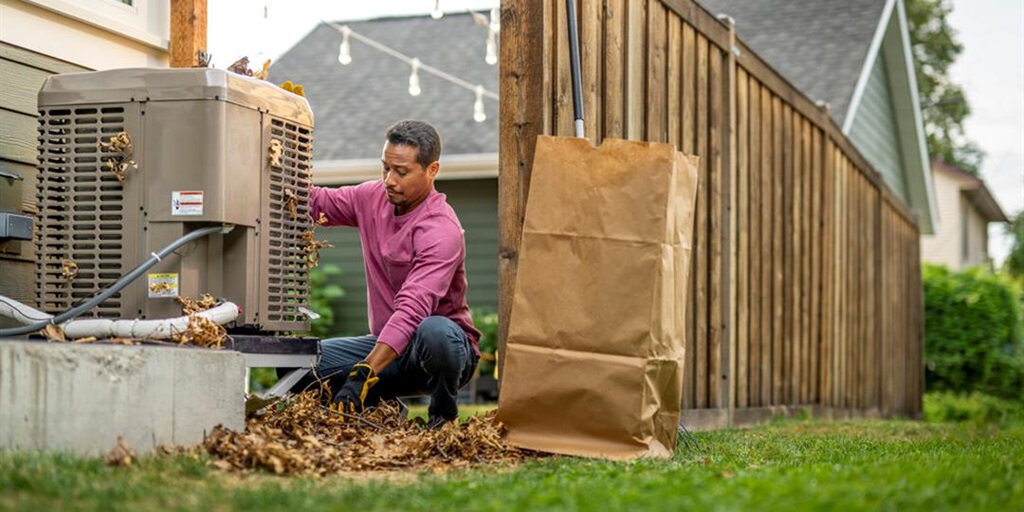
Now that you’ve tackled the essential steps of cleaning and maintaining your HVAC closet, here are some additional tips to help you keep your system in tip-top shape:
Schedule Professional Inspections
While regular DIY maintenance is essential, it’s also a good idea to schedule annual or bi-annual professional inspections. HVAC technicians have the expertise to identify and address issues that may go unnoticed during routine maintenance.
Keep the Area Clean
Maintain the area around your HVAC closet. Avoid storing items or cluttering the space, as this can impede airflow and make maintenance more challenging.
Change Your Thermostat Batteries
If your thermostat uses batteries, replace them annually to ensure it continues to function correctly.
Seal Duct Leaks
If you suspect your ductwork has leaks beyond the HVAC closet, consider hiring a professional to seal them. Leaky ducts can lead to energy waste and uneven heating and cooling.
Monitor Your Energy Bills
Keep an eye on your energy bills. A sudden increase in energy consumption could be a sign that your HVAC system is not operating efficiently, indicating the need for maintenance or repairs.
Conclusion
Congratulations! You’ve just completed a crash course in cleaning and maintaining your HVAC closet. By following these steps and tips, you’ll ensure that your HVAC system operates efficiently, keeps your home comfortable, and lasts for years to come. Remember that regular maintenance not only saves you money in the long run but also contributes to a healthier indoor environment.
So, the next time you open your HVAC closet, think of it as a magical place where comfort and savings are born. With a little TLC and some elbow grease, you’ll keep the heart of your home’s climate control system beating strong.
FAQs
Q1: How often should I clean and maintain my HVAC closet?
A1: Ideally, you should clean and maintain your HVAC closet at least once a year. However, it’s a good idea to check it more frequently, especially if you notice any issues with your system or if you live in an area with extreme weather conditions.
Q2: Can I clean my HVAC closet without professional help?
A2: Yes, you can perform basic cleaning and maintenance of your HVAC closet on your own. However, it’s essential to schedule professional inspections periodically to ensure that your system is in top shape and to address any complex issues.
Q3: How do I know when it’s time to replace the filter in my HVAC system?
A3: Check your filter every one to three months, depending on usage and the type of filter you have. If it’s visibly dirty or clogged, it’s time for a replacement. Otherwise, it’s a good practice to change or clean it regularly to maintain indoor air quality.
Q4: What should I do if I find a damaged heat exchanger during maintenance?
A4: A damaged heat exchanger can be a serious safety issue, as it can release carbon monoxide. If you suspect a damaged heat exchanger, turn off your HVAC system immediately and call a professional technician for inspection and repair.
Q5: How can I improve the energy efficiency of my HVAC system?
A5: To improve energy efficiency, keep your HVAC closet clean, change or clean filters regularly, seal duct leaks, and schedule professional maintenance. Additionally, consider upgrading to a programmable thermostat and ensure your home is well-insulated to minimize energy loss.

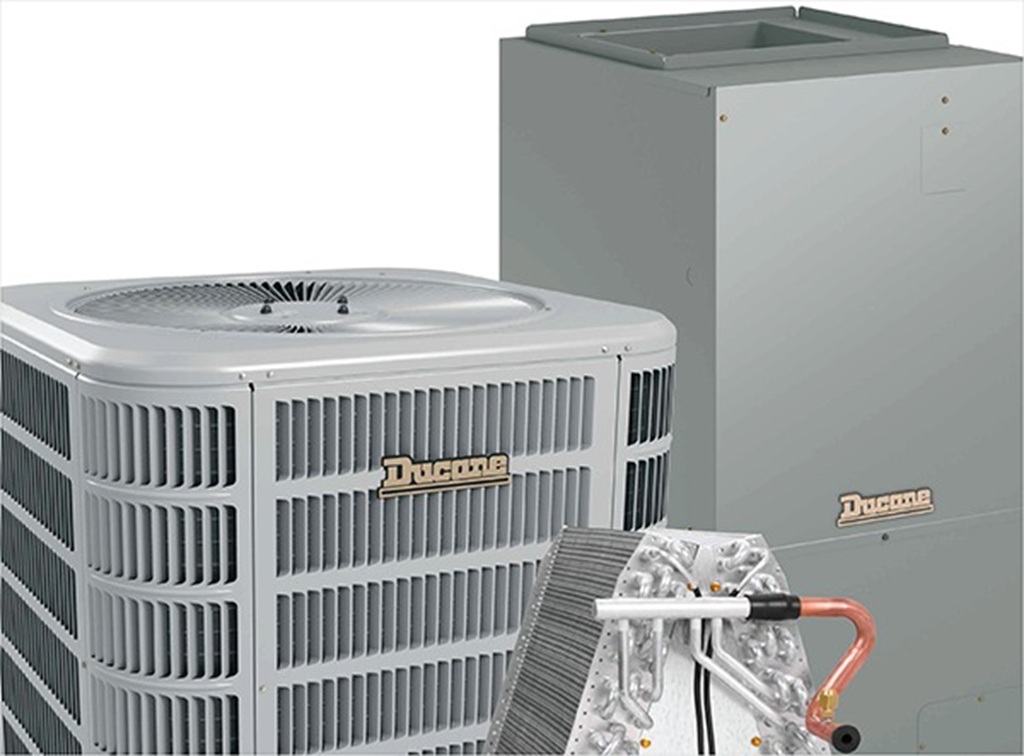





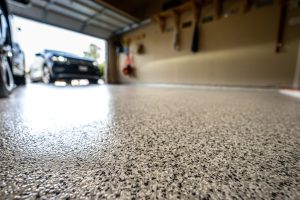






Post Comment